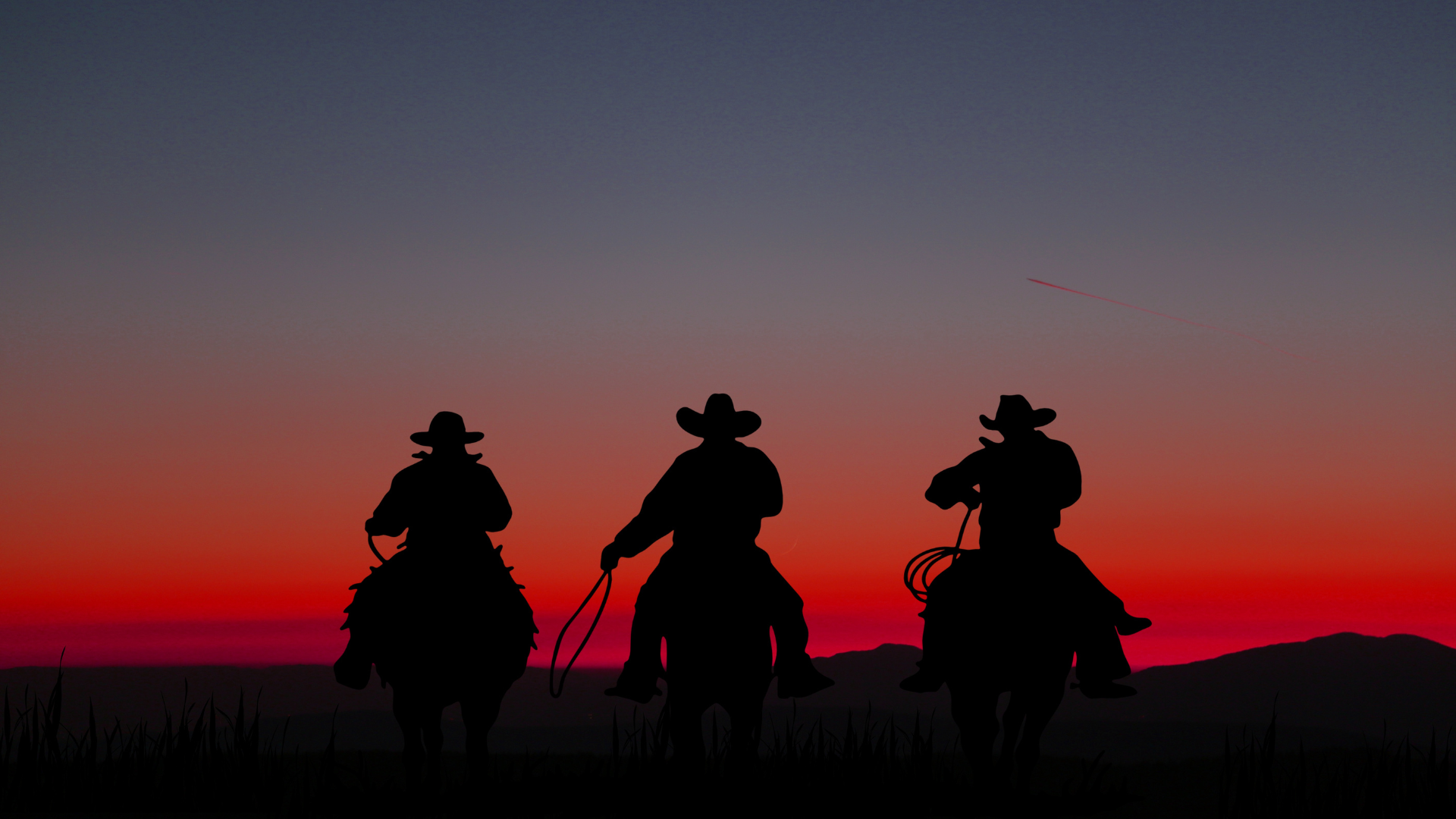Origins of the Vaquero Style
The Vaquero style originated from Spanish and Mexican traditions. The earliest representations date back to the 18th century.
It was not just a clothing style but a way of life. The term “Vaquero” refers to the cattle wranglers who worked throughout the Southwest. These cattle hands worked the lands from California to Texas.
The word “vaca” means cow in Spanish, and that’s where the name comes from. Vaqueros blended Spanish ranching techniques and Native American practices for herding cattle. When it came to clothing, these Vaqueros wore wide-brimmed hats to protect them from the sun, leather chaps to protect their legs, and thick leather boots to protect their feet.
Many will also picture these cattle hands with lassos and spurs.
Vaquero Legacy
The Vaquero culture is where the cowboy started. These are the real, first cowboys. Even today, we can see the Vaquero style in pop culture through rodeos, festivals, social media, and more.
What is the Vaquero Style?
The Vaquero style leans on necessity over style. Each article of clothing was picked for a specific purpose, but that does not mean these items lacked flair. The style is largely centered around working with cattle and on the open prairie.
Attire and Accessories
Overall, the Vaquero style balances functionality and heritage. Some items you can expect to see are:
- Charro jackets
- Intricate embroidery
- Wide-brimmed hats
- Chaps
- High-heeled leather boots
- Silver conchos
- Decorative belts
- Bandanas
Equestrian Equipment
The Vaquero way of life includes not just functional attire but also equestrian equipment. When riding, you would typically see a Vaquero using:
- Hackamore
- Ropes and Lassos
- Saddles with decorative elements
Evolution of the Vaquero Style
Originating in the 18 th century, the Vaquero style evolved from the Andalusian horsemen. As cattle ranching gained popularity in the American Southwest, the cowboy life became more prominent. These riders became experts in roping, riding, and herding. Some of the key influences for this style were the needs of cattle ranchers, Spanish traditions, and the local Native American experience.
These riders had stable postures and fluid movements in the saddle. With specialized saddles and spurs, they could ride comfortably for long hours. Of course, the culture also influenced art, music, rodeo competitions, and more.
Rodeo Apparel Influences
A lot of the apparel worn by Vaquero cowboys is functional. That is why rodeo riders and other cowboys have adapted so much from the Vaquero. Chaps originated with the Vaqueros. They protect a rider’s legs from brush and other harsh environments.
Additionally, tall boots that are comfortable and durable can meet the demands of cattle herding and rodeo activities. Sheriffs have adapted the wide-brimmed hats from this style, which helps demonstrate authority and protects you from the sun.
Preservation of the Vaquero Traditions
The Southwest keeps much of this culture alive. The history of cattle ranching is still a massive part of life in that area. You can visit many celebrations and cultural events to see them in action.
